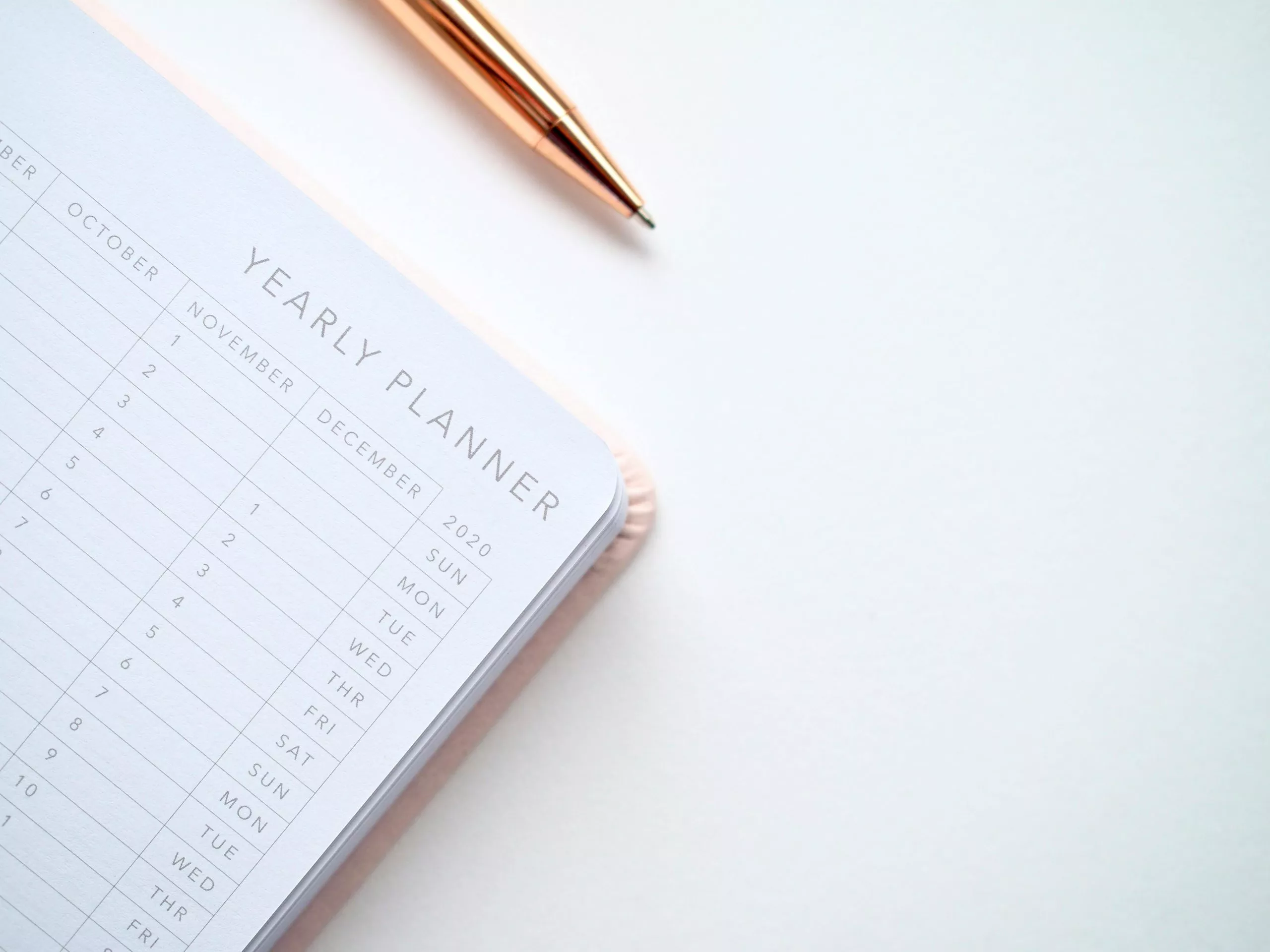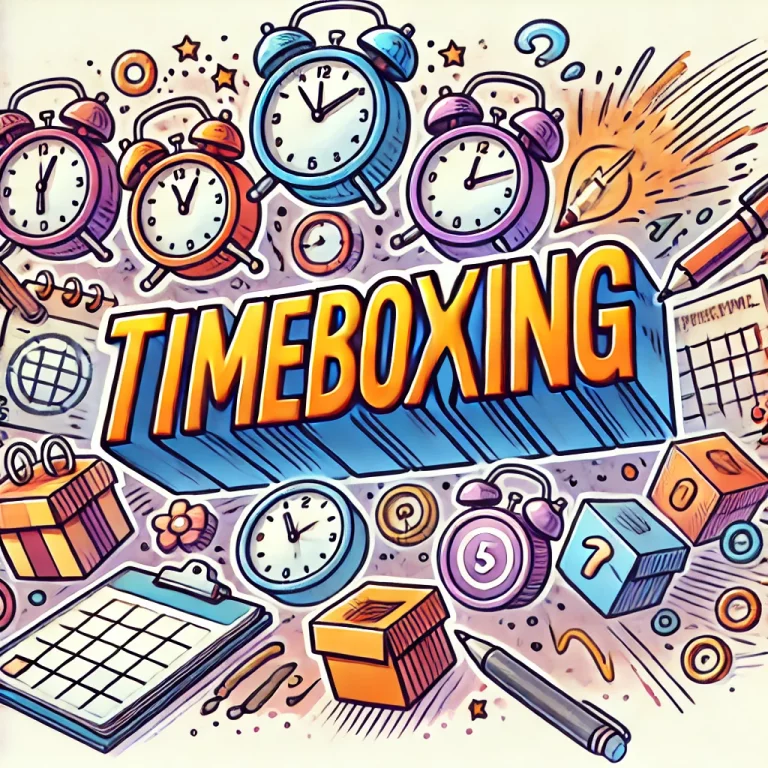
Get Started With Planning
If you fail to plan, you plan to fail.
So how can we start planning?
Why Is It Important?
Planning reduces stress and saves you time in the long run.
It lets you prepare for hurdles, and enables you to work at your best!
How To Start Planning
Planning means breaking down what you need to complete a goal.
Key things to keep in mind:
- What needs to get done
- When it needs to be done
- How long it will take you
- What tools you will need
These are the building blocks you need to start!
Here are four more tips to help your plans come together.
1. Plan Before Starting The Day
Plan your daily objectives before you start the day.
Use a notepad, a time management app, or diary software to write them down.
Gather them all in one place, allowing you to see them and visualise your ability to complete them.
2. Prioritise Effectively
You will have some number of administrative tasks, meetings and deadlines that you need to hit.
Figure out which is most important and work on getting that task done first.
When you do the important tasks, you can feel the weight come off your shoulders when they are done!
3. Plan For Breaks
You can’t be fully engaged and productive if you don’t take time for yourself.
Allow breaks to eat or speak to other people, but plan for them!
Then you have a schedule to work toward.
4. Delegate Wisely.
You can’t complete everything by yourself.
Get into the habit of delegating tasks that aren’t a valuable use of your time to someone else who will benefit from the experience of doing them.
Just make sure you plan time in your day to oversee their progress!
Long Term Planning
Planning for the long term can help you predict where you will be in 12 months or even 5 years.
It also makes it easier to measure your success and see the areas where you need to focus.
When you have clear goals, making plans is the first step to being able to achieve them.
Planning is also crucial for business success and as a manager, you will need to embrace it.
1. Establish S.M.A.R.T. goals.
This structure of planning is used universally, as it works so well.
When long term planning, use a S.M.A.R.T. goals template to help you set the plan in motion.
2. Use your company’s goals.
Do you need to recruit more employees?
Do you need to reach a certain profit?
These answers help you design a plan and put timescales to them.
3. Use your own goals.
Are you working toward a promotion?
Think about what is going to help you get there.
Then think about what you need to do now in preparation for achieving future goals.
4. Plan for problems.
Don’t fall into the trap of assuming that everything will work out perfectly.
Businesses can change their strategies quickly and key employees can leave unexpectedly.
Be ready for these outcomes!
Give some leeway in your overall schedule, and if you finish early then that’s great!
Conclusion
Planning requires you to be self-motivated.
This can be the biggest challenge you face at work.
Keep your plans dynamic and interesting with the interests of the business in mind!
Always think about your own personal objectives as well as those of the team.
Keep in mind where your time can be spent at the highest value.
For more tips, find one of our courses and learn time management skills!
- Facebook: https://www.facebook.com/profile.php?id=100066814899655
- X (Twitter): https://twitter.com/AcuityTraining
- LinkedIn: https://www.linkedin.com/company/acuity-training/



